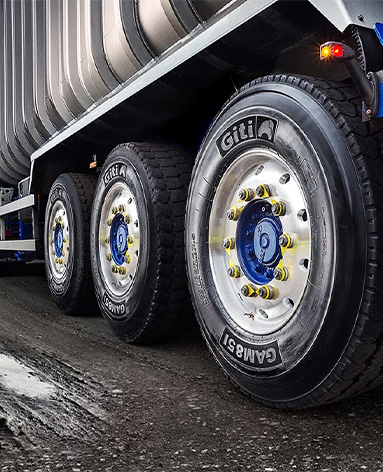พ.ย. . 14, 2024 03:49 Back to list
drum brake
Understanding Drum Brakes Mechanism, Advantages, and Applications
Drum brakes are one of the oldest and most widely used types of braking systems in automobiles and various types of vehicles. Despite the rise of disc brakes in many modern applications, drum brakes continue to be relevant due to their unique benefits and efficient design. This article explores the mechanism of drum brakes, their advantages, and their common applications.
Mechanism of Drum Brakes
A drum brake consists of several key components a brake drum, brake shoes, a wheel cylinder, and return springs. The brake drum is a cylindrical part that rotates with the wheel, while the brake shoes are housed inside the drum and pivot on a fixed point. When the driver presses the brake pedal, hydraulic pressure is generated in the wheel cylinder, which pushes the brake shoes outward against the inner surface of the drum. This frictional force slows the rotation of the wheel, effectively bringing the vehicle to a stop.
The design of drum brakes allows for a larger surface area for braking compared to disc brakes. This is primarily due to the curved shape of the brake shoes, which makes full contact with the drum as they expand. Additionally, the enclosed nature of drum brakes helps dissipate heat more efficiently, although excessive heat can still be a concern during prolonged braking.
Advantages of Drum Brakes
1. Cost-Effectiveness One of the primary advantages of drum brakes is their cost. They are generally less expensive to manufacture and install compared to disc brakes, making them a popular choice for budget-friendly vehicles.
2. Effective in Holding Power Drum brakes inherently provide better holding power, especially when used in parking brake systems. The design allows for the brake shoes to be wedged tightly against the drum, which is beneficial when keeping a vehicle stationary on an incline.
3. Compact Design The compact nature of drum brakes makes them suitable for vehicles with limited space. This is particularly advantageous for smaller cars and lighter vehicles where weight and space optimization is crucial.
4. Improved Performance in Certain Conditions Drum brakes tend to perform better in wet conditions, as the design helps shield the friction surfaces from water and debris. The enclosed structure can prevent water from reaching the brake shoes, which maintains braking efficiency.
drum brake

5. Less Susceptibility to Dirt and Contaminants The enclosed design of drum brakes also helps keep the braking mechanism cleaner compared to disc brakes, which are more exposed to environmental elements.
Applications of Drum Brakes
Drum brakes are commonly used in a variety of applications, including
- Passenger Vehicles Many economy cars and some mid-range models utilize drum brakes for their rear wheels. They provide an adequate level of braking performance while keeping costs low.
- Light Trucks and SUVs Smaller trucks and SUVs often employ drum brakes on the rear wheels for their superior holding capabilities and cost-effectiveness.
- Motorcycles and Scooters Many two-wheelers still use drum brakes for their simplicity and reliability, especially in lower-powered models.
- Industrial Equipment Drum brakes are also found on forklifts, trailers, and other industrial vehicles where robust and reliable braking systems are needed.
Conclusion
In conclusion, while drum brakes may not be the most advanced braking technology available today, their simplicity, cost-effectiveness, and reliability ensure that they are still widely used across various vehicles. Understanding how drum brakes work and their advantages provides valuable insight into their continued relevance in modern automobile design. Whether in everyday passenger vehicles or specialized applications, drum brakes remain an essential component of vehicle safety and performance.
-
R.V.I: Advanced Remote Visual Inspection for Precision
NewsAug.15,2025
-
Discover HYUNDA: Innovative Vehicles, Equipment & Solutions
NewsAug.14,2025
-
R.V.I: Unlock Advanced Insights & Real-time Performance
NewsAug.13,2025
-
Kamaz Brake Drum: Durable & Reliable for Heavy Duty Trucks
NewsAug.12,2025
-
Heavy Duty Iveco Brake Drum - Premium Quality & Safety
NewsAug.11,2025
-
DAF Water Treatment Solutions: Efficient Solids & Oil Removal
NewsAug.10,2025
